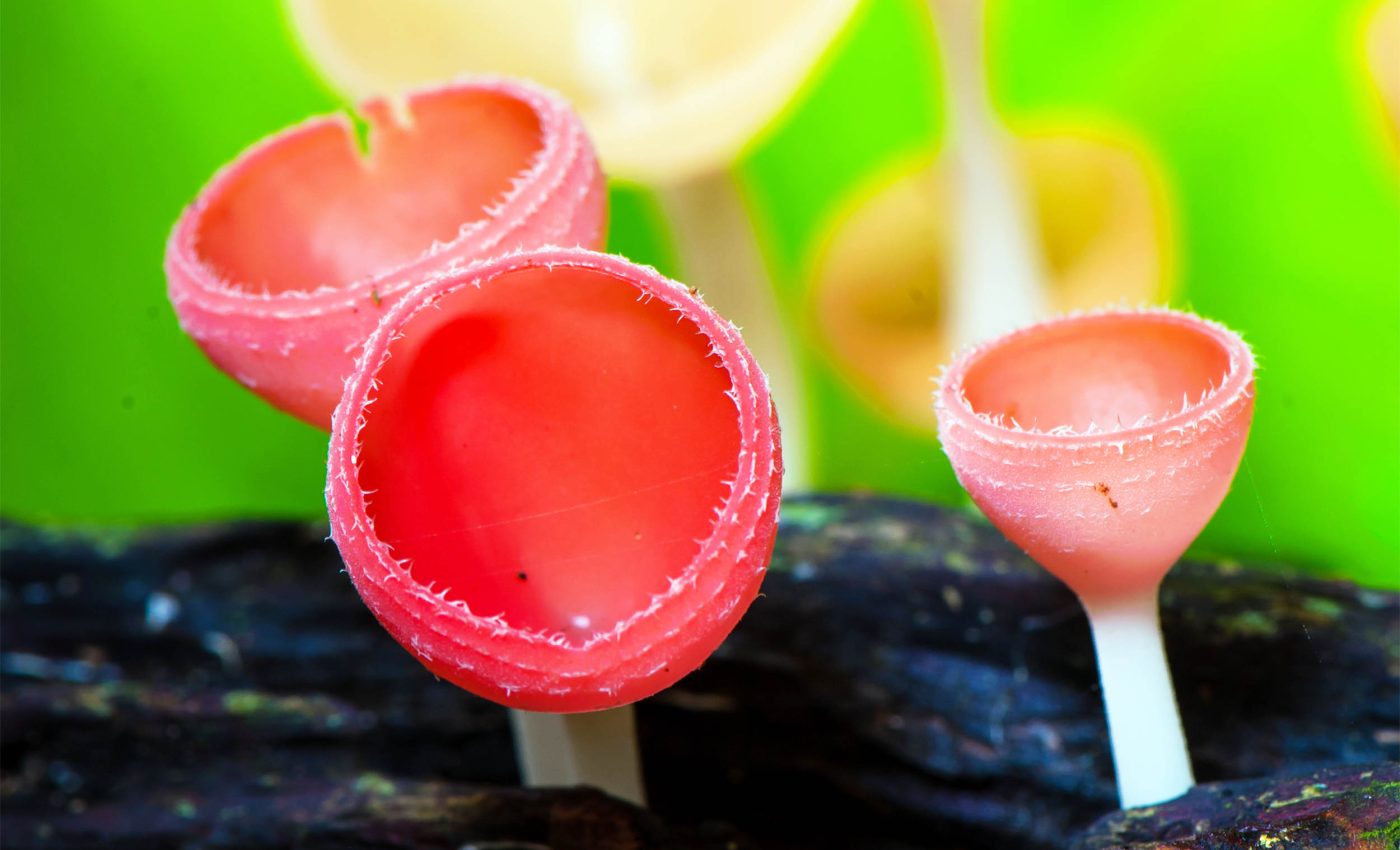
Fungi ruled Earth for eons before plants set their roots on land
Fungi didn’t wait for plants to conquer land – they did it on their own timeline. New research pushes their diversification back hundreds of millions of years earlier than was previously believed.
This discovery suggests that ancient fungi were already shaping early terrestrial ecosystems long before roots and leaves of land plants appeared.
The study, led by researchers at the Okinawa Institute of Science and Technology (OIST) with collaborators worldwide, reconstructs deep fungal history with new tools and connects that story to how life established itself on land.
Fungi, plants, and complex life
“Complex multicellular life – organisms made of many cooperating cells with specialized jobs – evolved independently in five major groups: animals, land plants, fungi, red algae, and brown algae,” said co-author Gergely Szöllősi, head of the Model-Based Evolutionary Genomics Unit at OIST.
“On a planet once dominated by single-celled organisms, a revolutionary change occurred not once, but at least five separate times: the evolution of complex multicellular life.”
Understanding when these groups emerged is fundamental to piecing together the history of life on Earth.
That framing matters. Complexity wasn’t a one-off. It flared in different lineages at different times. Pinning down the timelines lets scientists see who was on stage together and who set the scene for whom.
Dating fungi is difficult
For many groups, fossils anchor the clock. Red algae appear very early. Animal forms show up in the Ediacaran. Tiny spores mark land plants around 470 million years ago. Brown algae diversified much later.
Fungi break the pattern. Their bodies are soft and filamentous, so they fossilize poorly.
Unlike animals and plants, which seem to have a single origin of complex multicellularity, fungi acquired complex forms more than once. That complicates any simple “start date.”
So researchers turn to DNA. Genes accumulate mutations at roughly steady rates over generations.
Compare sequences, count the differences, and you get relative timing. But a molecular clock needs calibration to turn “earlier” and “later” into years.
Gene swaps date evolution
The team tackled that calibration problem in an ingenious way. They supplemented sparse fungal fossils with a different kind of clue: rare horizontal gene transfers between fungal lineages.
“While genes are normally passed down “vertically” from parent to child, HGT is like a gene jumping “sideways” from one species to another. These events provide powerful temporal clues,” Szöllősi said.
“If a gene from lineage A is found to have jumped into lineage B, it establishes a clear rule: the ancestors of lineage A must be older than the descendants of lineage B.”
Those “older than/younger than” relationships act like scaffolding for the tree.
The team identified 17 robust gene jumps, then used them – alongside the few reliable fossils – to tighten the ranges on key branching points.
Fungi predate plants by eons
The analysis points to a common ancestor of living fungi between about 1.4 and 0.9 billion years ago. That window falls well before land plants.
It leaves room for a long prelude in which fungi diversified in the oceans and along damp shorelines, and teamed up with algae in microbial communities.
“Fungi run ecosystems – recycling nutrients, partnering with other organisms, and sometimes causing disease,” said co-first author Lénárd Szánthó.
“Pinning down their timeline shows fungi were diversifying long before plants, consistent with early partnerships with algae that likely helped pave the way for terrestrial ecosystems.”
That idea changes the backdrop for life’s move onto land. Rather than stepping onto a bare, chemically raw surface, early plants may have found patches preconditioned by fungal work.
Fungi, not plants, primed the land
Fungi are chemistry wizards. They weather rock, liberate phosphorus, and shuttle nutrients through networks. Over long spans, that activity can build proto-soils.
If fungi and algae were already operating on coastal rocks and in wet films across continents, they might have softened the environment for rooted life.
By cycling elements and stabilizing surfaces, they could have reduced the barriers to plant colonization.
The new timeline makes that scenario plausible. It stretches fungal history back far enough to fit an “ecosystem engineer” role before the first true plant tissues evolved.
Fungi timeline still uncertain
Dating fungi that lived billions of years ago is messy work. Molecular clocks require that assumptions are made, and fossils are rare. In addition, horizontal gene transfers must be vetted carefully.
Still, combining these lines of evidence tightens the picture. The approach doesn’t demand a perfect fossil trail. It asks instead: given this set of gene jumps and the fossils we do have, what ranges are consistent?
That shift is powerful for groups with patchy records. It also pushes researchers to look for more of these genetic breadcrumbs in other lineages where hard parts are scarce.
Thanks to fungi, Earth has plants
Seen through this lens, the rise of forests looks less like a sudden greening and more like the next act. For hundreds of millions of years, fungi were already experimenting, diversifying, and partnering.
They likely built the first thin soils and turned rock into something that could host roots. Plants then expanded into that scaffolding and ran with it.
In other words, the continents were not a blank slate. They were prepped – quietly and persistently – by the fungal kingdom.
And that makes the earliest forests feel less like pioneers arriving at a barren frontier and more like collaborators joining a long-running project.
The study is published in Nature Ecology & Evolution.
—–
Like what you read? Subscribe to our newsletter for engaging articles, exclusive content, and the latest updates.
Check us out on EarthSnap, a free app brought to you by Eric Ralls and Earth.com.
—–













